ESA Director General Jean-Jacques Dordain admitted to being “nervous” and “excited” as the day of Rosetta’s exit from hibernation arrived.
“We shall be on and around the comet to see how it is ‘living’ for more than one year, ” he said. “That is a big difference from the Giotto mission – it is a much bigger mission.
“It’s risky, because nobody has done that before, but this is the price to pay to learn about the origin of the Solar System and perhaps more of the origin of life.”
The ESA Director General praised the international cooperation in the mission. “The best is when we have a common and challenging objective. When we have this it is much easier to make all these actors work together”
“All our missions are fantastic, but Rosetta is special in a sense that we are very far away from planet Earth – so far away that it was a place where the rays of the Sun could not reach to give enough power and it was not possible to keep Rosetta alive. This is the reason we have hibernated Rosetta.”
As the wake-up clock counted down, ESA Rosetta spacecraft operations manager Andrea Accomazzo looked at the operational challenges for the mission. While he will have a busy time once the spacecraft has woken up, he said that today the main challenge is for Rosetta itself.
“The biggest challenge is for the spacecraft itself, to stop the rotation, to find where it is and then to send the signal to us,” he said.
Rosetta Project Scientist Matt Taylor spoke about the key science that the mission hopes to find out.
“We’re looking at where we came from – the evolution of our own Solar System. Comets are looked on as kind of a time capsule. When we look at the accretion of material around the young Sun and the formation of the planets – the comets and asteroids around today are sort of the leftovers of that process. We can look at water and organic molecules within comets. Every so often a comet is brought into the inner Solar System within our reach and this time we’re going to go to meet it.”

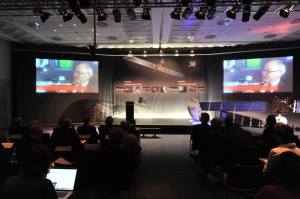

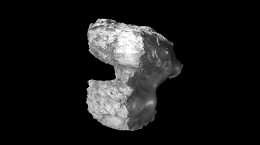
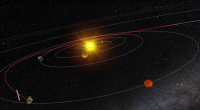
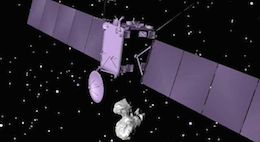
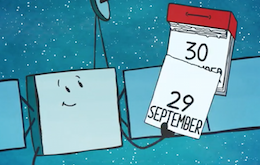
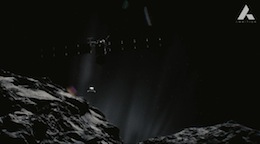
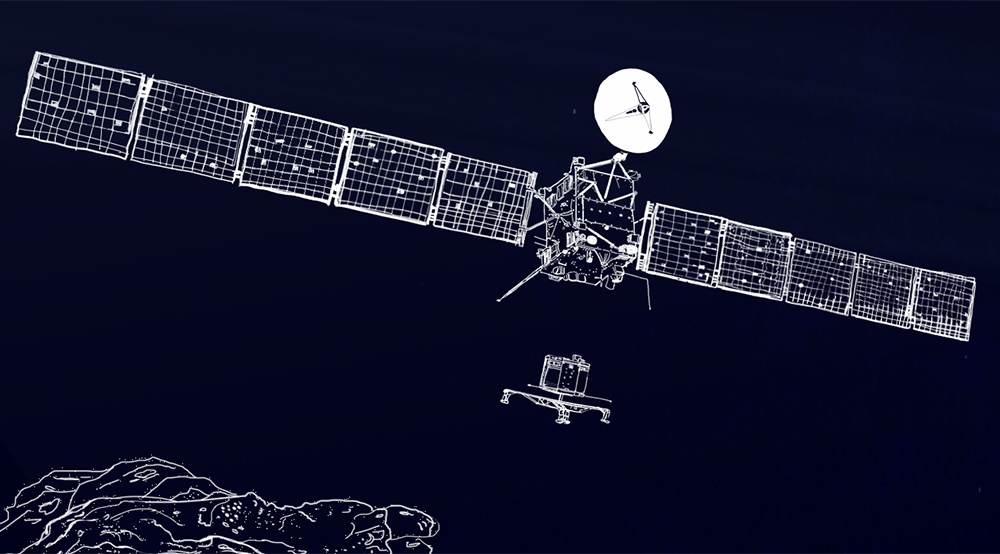
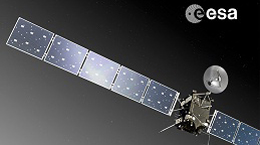
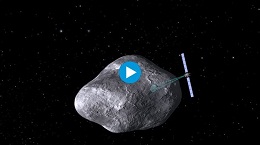
Discussion: no comments